Rhinestones for needlework

Rhinestones are decorative glass products that imitate natural stones. In order for the rhinestones to shine, glass is used in their manufacture, in the composition of which at least 1/4 of the lead is present. Glass stones are most often used in needlework, for decorating various products and crafts.
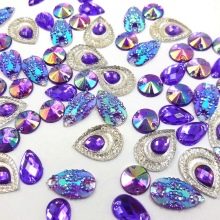
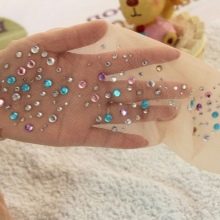
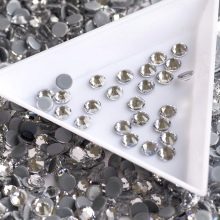
Where are they used?
Rhinestones are a versatile decorative element, so they are often used in almost all types of needlework. So, multi-colored stones are used for:
-
making bijouterie, as well as jewelry;
-
sewing clothes and shoes;
-
creating various products for the home.
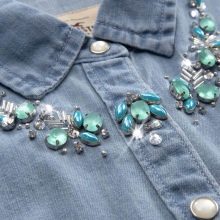
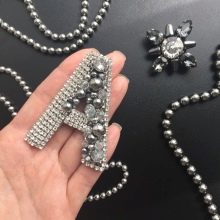
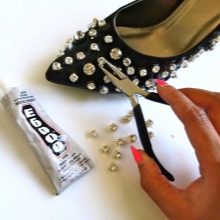
Recently, pictures made of crystals have been especially popular. It is noteworthy that in this type of creativity, stones are the main component, and not just an element of decor.
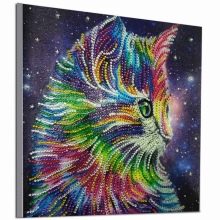
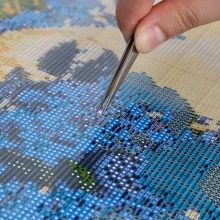
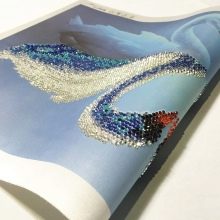
Views
Rhinestones can be divided into several categories. They differ from each other: in the way of fixation, shape and color. If we talk about the method of fixation, then the most popular in this category are sew-on rhinestones. This method of fixing is highly durable, since in this case rhinestones are sewn to the product using a thread or fishing line. In turn, several subgroups can also be distinguished in this category:
-
single - have a flat bottom, and one or two holes are used for fixing;
-
glass with one through hole - they differ in the ability to experiment with the color of the threads with which the fastening is carried out;
-
beads in studs (frames) - look like glass stones, framed in a metal frame, with a hole for fixing;
-
strass chains - several stones are connected by links of a metal chain;
-
strass ribbons - compositions on which rhinestones are placed in several rows.
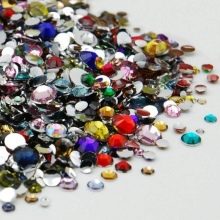

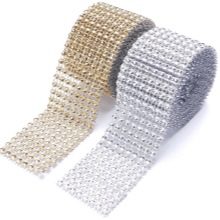
Glue rhinestones have a flat bottom, but without a sewing hole. There are several varieties here too:
-
tapes and films - these are special blanks on which beads are already placed (gluing is carried out using an applied adhesive layer or thermally using an iron);
-
thermo rhinestones - designed for fixation during heat treatment;
-
conventional glue, for fixing which you will need glue "Moment" or a glue gun.
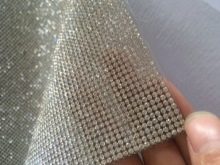
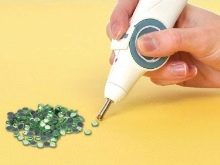
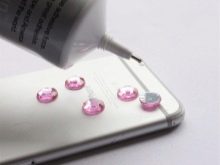
Rhinestones differ from each other in shape. The most popular, of course, are round products. But such stones will not be enough to create complex compositions. Triangular, square, oval rhinestones are no less popular. And also there are unusual shapes, for example, flower petals, rings, rhombuses, complex shapes. Glass stones are often made in the form of bicones.
Of course, glass rhinestones also differ in color. There are a variety of shades, but the classic ones are still red, yellow, blue, green and white stones.
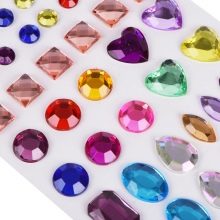
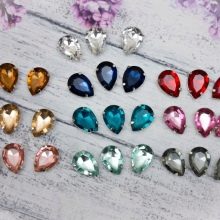
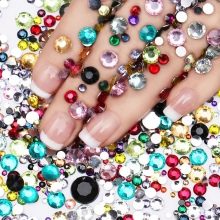
Selection Tips
In order for a composition of glass stones to look effective and attractive, they must be chosen correctly. It is almost impossible to give recommendations on choosing a color palette, since everything here depends directly on the idea and concept. The shape should also be chosen based on what shapes you want to create.
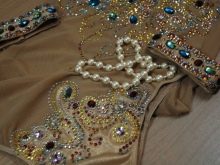
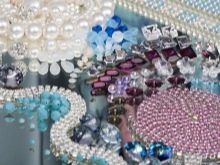

But the method of fixing directly depends on the surface on which the stones will be glued... If it is a hard surface, then it is wise to choose glue stones with a flat base. And also a ribbon will do. It is easier to fix sew-on stones, rhinestones on a chain on a soft fabric. But for certain types of material (usually thin fabrics), you can use glue-based rhinestones.
At the same time, for delicate materials, it is better not to choose those that have a thermal method of attachment.
When buying, it should also be borne in mind that rhinestones can be bought both individually and in sets. From a material point of view, the second option is more profitable.
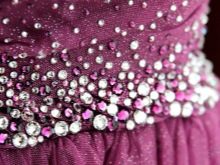

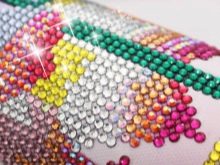
Watch a video on the topic.







